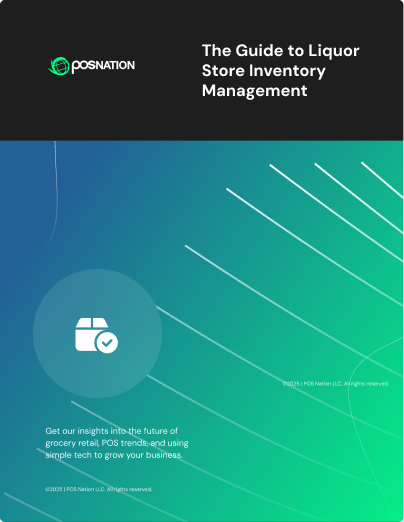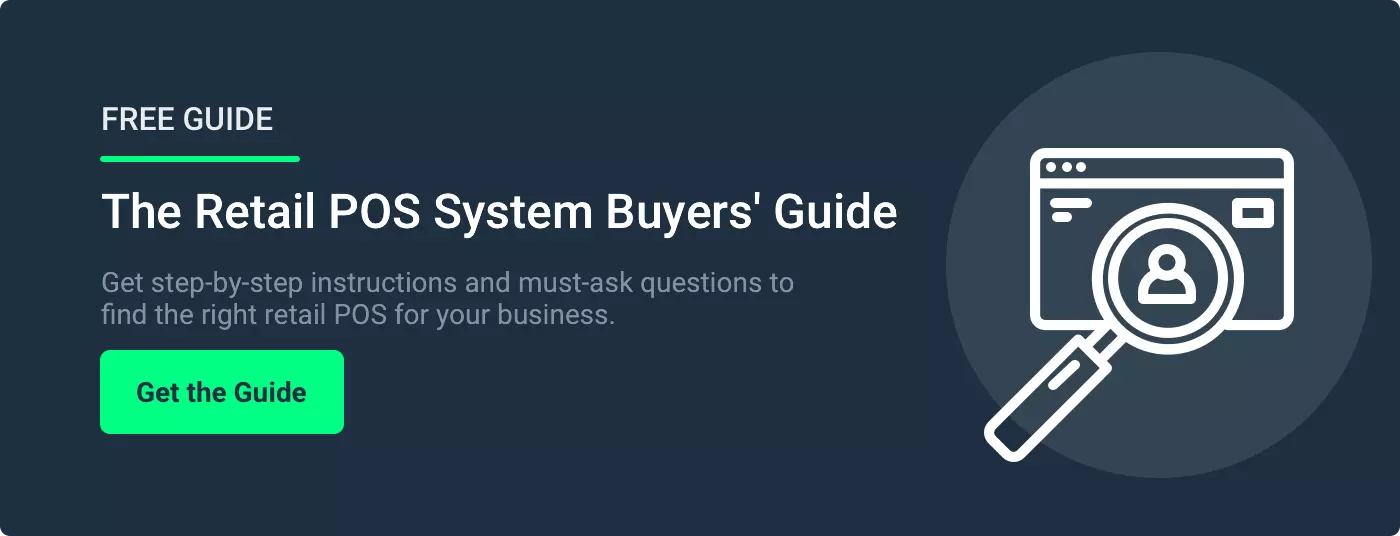A Variety of Scales Can Work With Your POS System
A scale is a point of sale hardware that has the potential to save your business time and money. When your scale and POS system communicate seamlessly, you’ll avoid mistakes. There are several different varieties of scales, however, an understanding of the differences is key in determining which one you need with your system.
What types of scales are there?
There are three primary types of scales used with point of sale systems: barcode printing scales, in-counter scanner scales, and standard standalone scales.
What are the differences between each scale?
Barcode Printing Scales: These scales are the ones you see in the meat department at your local grocery store. Product is placed on the scale, weighed, and the scale prints a barcoded label that identifies the item being sold and its price based on the weight. Barcode printing scales are great for meat markets, seafood markets, delis, cheese shops, and any business selling product by the pound to be packaged and wrapped by a clerk.
In-counter Scanner Scales: These are the scales at the checkout register of your local grocery store. The most noticeable feature of this scale is its ability to scan barcodes. Scanner scales use bi-optic technology to scan barcodes, which means the scanners contain both a vertical and horizontal scanning surface. This design maximizes efficiency and allows clerks to draw a product across the scanner scale at almost any angle to read the barcode. Then, on the same scanning surface, the product can be weighed and priced. Think of produce sold by weight at your grocery store. Although expensive, these scales are absolutely necessary for high-volume retailers.
Standalone Scales: Standalone scales are the most basic scales we sell. These scales are often used at small markets, frozen yogurt shops, or any other establishment selling items by weight (but only have a limited volume of barcoded items). When products are placed on these scales, the weight is transmitted to the POS system and then a price is calculated based on the product's price per unit of weight.
Do barcode printing scales integrate directly with the POS system?
Although the barcodes printed by these scales can be read by the POS, the point of sale and barcode printing scale are not actually tied together. Two product databases are actually maintained — for example, if you sell apples by the pound, you have to enter the apples into both machines. This requires a little extra work on the front end, but the setup is very manageable after the initial work.
What if I have multiple barcode printing scales? Are they all on separate databases?
Not necessarily. You can network your barcode printing scales through a wireless or wired connection to ensure all the scales reflect the same product database.






 by Cort Ouzts
by Cort Ouzts

 by Spence Hoffman
by Spence Hoffman

